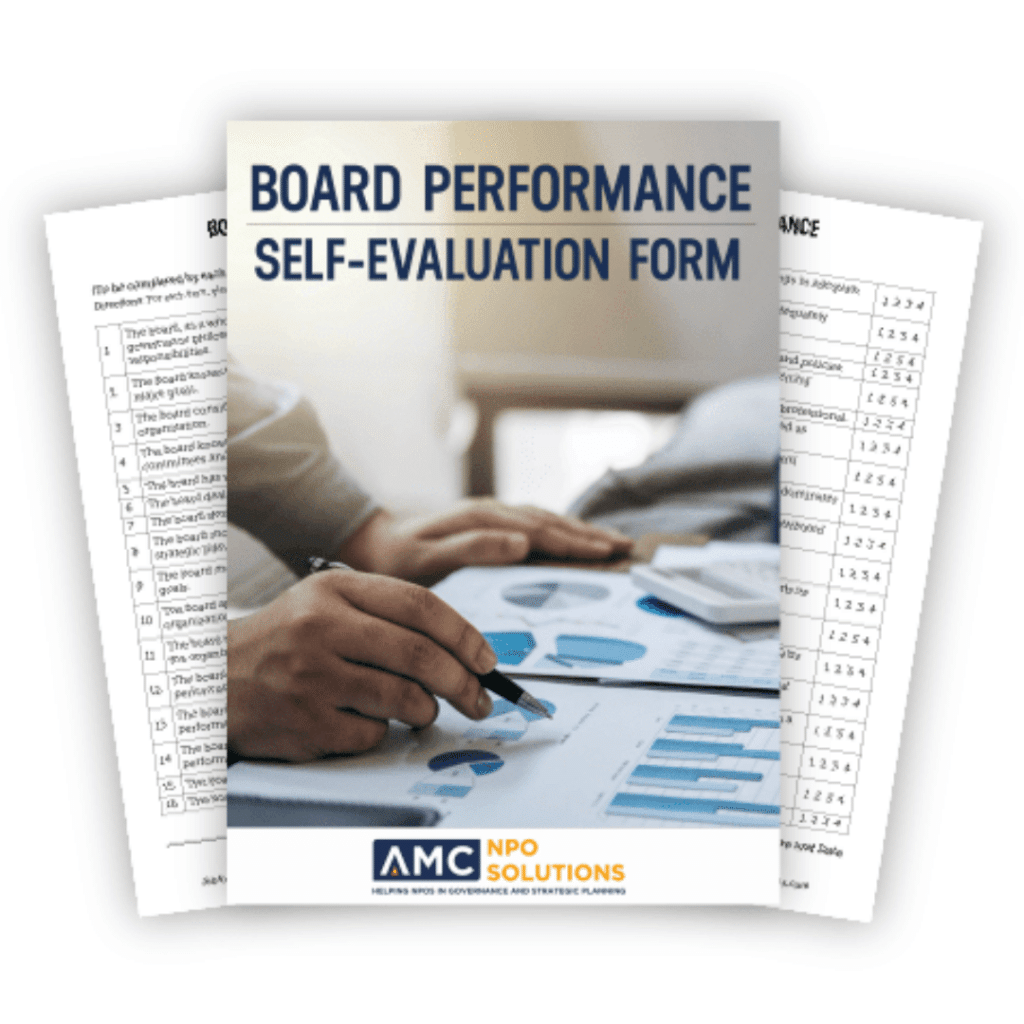
Reaching decisions as a non-profit board comes in a variety of formats. A majority vote is a popular choice when a decision needs to be expedited. This method, however, does not always reveal the best solution for the board or the organization and can cause frustration among members. Ranking, scoring, and multiple voting rounds are all methods that can help a board further analyze options but do not necessarily get the board to a place of agreement. Consensus decision making, on the other hand, is a method that helps a board achieve unanimous support, even if the agreed-upon decision is not everyone’s favorite choice.
Read More:
- Beyond Carver: The Complementary Model of Board Governance
- Failing to Plan: 8 Reasons Why Strategic Planning Fails
- 6 Tips for Dealing With an Indecisive Board
How to achieve Consensus Decision Making as a Nonprofit Board
There are several benefits to making a decision using consensus. These include:
- Buy-in from board members
- The opportunity for everyone to have their viewpoints heard
- The laying down of individual preferences for the greater good of the organization
These benefits far outweigh other decision-making methods. But the consensus is not without its challenges.
How do you successfully walk your board through this process? Here are 4 tips to help your organization with consensus decision-making.
Measure, Evaluate and Improve Your Board’s Performance
Download your free board evaluation form, and help board members clarify their role by self-evaluating their performance.
1. Define the Consensus Decision-Making Process
Sometimes, your bylaws may require a vote to decide about one or more aspects of the organization. However, opting for a consensus may be the best way forward when voting isn’t required.
Before going through the consensus decision-making process, clearly define what that process will look like with the board.
The first step to reaching a consensus is agreement on the path to get there. Then board members are motivated and willing to walk down that path together.
2. Establish a Common Goal
As you approach the decision-making process, it is important to establish a common goal in regard to the organization. Working together as a team is easier and more fulfilling when trying to reach a joint objective.
3. Create a Culture of Trust
One of the central aspects of consensus decision-making is the opportunity for each board member to share their unique perspective. Without trust, honesty, and value for people with whom you might disagree.
More so, board members will have difficulty confidently sharing their various points of view. Trust breeds honesty, which helps set you up to achieve common ground.
Also read: 5 Critical Reasons To Start The NPO Bylaw Review Process Today
4. Facilitate with Respect
Consensus decision-making is not always easy, but carefully leading the discussion with respect changes the atmosphere of the process. Part of respectful facilitation includes making sure everyone has an opportunity to share, limiting dominant speakers, and encouraging participation.
Facilitation also requires a leader to share opinions without openly stating an opinion carefully. Ensure board members discuss all topics and consider all angles before deciding.
Leading and managing a healthy, thriving organization involves walking your board through the sometimes laborious consensus decision-making process.
While it is more involved than the expeditious majority vote. Deciding on a consensus can lead to some of the most rewarding choices and changes your organization will ever make.
Do you review your bylaws every two years?
Organizations engage AMC for Nonprofit Bylaw Reviews because we’re nonprofit specialists, having worked with over 450 organizations across Canada since 1987.
We update the bylaws of multiple nonprofits every year, so you can be sure that we’re up to date on the latest requirements, regulations and evolutions when it comes to bylaws.
Contact us today and ensure your organization operates at a legal, professional and trusted level.


